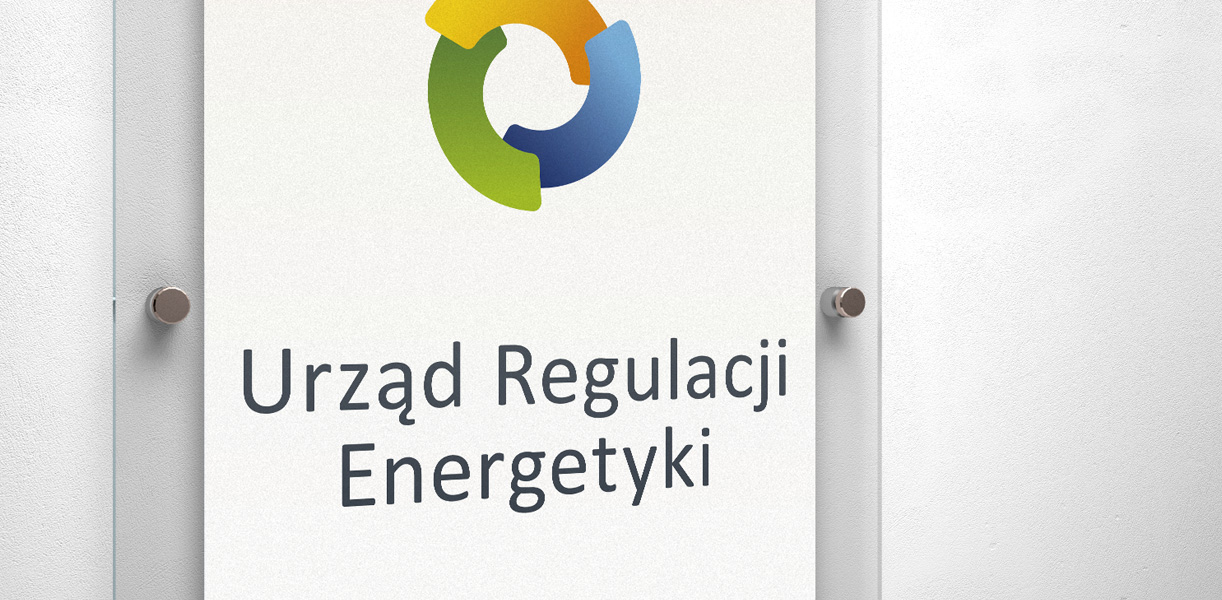The Council of European Energy Regulators has adopted a report containing guidelines, which – according to European regulators – should be taken into account when implementing contracts with the so-called dynamic price.
According to the Energy Regulatory Office, recommendations relate to offers with dynamic prices. The latest guidelines apply to contracts concluded by energy sellers (trading companies) with end users. In dynamic price contracts, energy prices are not fixed in advance and differ depending on the period. Such contracts can be beneficial for consumers because they give lower costs to those who can manage energy consumption and adapt them to the current price level on the market, i.e. reduce consumption at peak times when energy prices on the wholesale market are the highest. This is possible because the dynamic price agreement reflects the price differential on the spot market, in particular the day-ahead and intraday markets.
Currently, energy consumers buy it on the basis of contracts with a fixed, unchanged price, which does not reflect fluctuations in energy prices on the wholesale market. Few of us use contracts that provide, for example, two energy rates per day. Dynamic prices are a huge qualitative leap that changes the energy market, both on the side of energy sellers and consumers. However, the introduction of such an innovative service is also a huge challenge for all market participants – President of the Energy Regulatory Office Rafał Gawin.
The concept of a contract with dynamic prices, and in particular the right of recipients to benefit from such prices, was regulated in the Electricity Directive 2019/944. As the European Parliament and the EU Council indicate, the goal of providing new opportunities to consumers in the form of contracts with dynamic prices is to enable them to actively participate in the electricity market. By strengthening the position of consumers and providing them with new tools, the objective is to ensure that the internal electricity market and the transformation of the energy benefit Union citizens.
Article 11 of the Directive contains detailed guidelines and indicates the actions of the Member States which should ensure that customers can benefit from contracts with dynamic electricity prices as follows:
- The provisions of national law must enable each end consumer with an intelligent energy meter to conclude a contract with a dynamic price with at least one electricity seller and any seller with more than 200,000. final recipients;
- Each end user with intelligent metering should be fully informed by his seller about the benefits, costs and risks associated with concluding a contract with a dynamic price;
- Changing the contract from a standard contract to a contract based on dynamic prices requires the seller to obtain the consent of the recipient;
- For at least 10 years after the launch of smart meters and contracts based on dynamic prices, the national regulatory authority should monitor issues of contracts based on dynamic prices, including mainly their impact on customer bills and the level of price fluctuations, and then make public in the form of annual reports.
Taking into account the above directions set by the directive, the Council of European Energy Regulators in its report presented recommendations regarding the implementation of the provisions of the directive into national regulations. The most important CEER guidelines include the following:
- In contracts based on dynamic prices, it is recommended to set price formulas based on day-ahead market prices. As a second option, it is proposed to set price formulas based on current wholesale prices, however, according to the CEER report, such a solution would be less transparent to end users.
- Dynamic price offers should be based on current measurement data – this means that prices at a given time correspond to real-time measurement at the recipient.
- For clarity of information, data on invoices issued to recipients with an intelligent meter should be presented in such a way as to contain aggregated data from a given period, e.g. the average price per week. Only at the recipient’s request would detailed information be made available. The seller should provide the recipient with appropriate IT tools so that the recipient can download free more detailed data for their needs or analyzes.
- The report also indicates to regulators, which will be responsible for monitoring obligations, the adoption of appropriate indicators helpful for monitoring (e.g. comparison indicator between dynamic offer and typical offer on the energy market).
Dynamic offers are not for everyone. Purchase of electricity based on a contract with dynamic prices can be beneficial for those customers who are able to flexibly adapt their energy consumption to market price signals. The option of energy storage by the consumer will be of great importance for the profitability of using contracts with dynamic prices. This will minimize energy consumption from the grid during the so-called summit. In addition, in the case of prosumers, i.e. recipients actively participating in the market, smart meters will allow flexible adjustment of production and consumption volumes to price fluctuations in a given time period.



